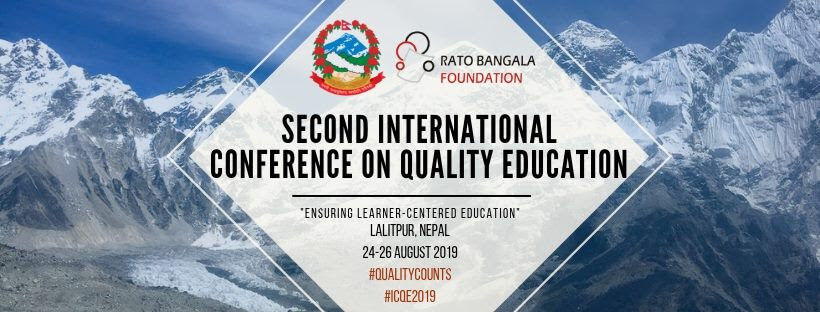Reggio Emilia Summit in Nepal

As the focus in Nepal's education shifts to quality from just enrollment rates, a major international conference is being held in Kathmandu to review the latest findings about the importance early childhood education.
The internationally acclaimed Italian pre-school pedagogy called the Reggio Emilia approach believes in placing children at the forefront of their own education. Children are able to channel their interests and curiosities to shape their learning, rather than simply absorbing information from an adult.
Read also:
Lowest common denominator, Editorial
The science of learning, Prakriti Kandel
Founded by Loris Malaguzzi in 1945 in Italy after the end of the Second World War, the Reggio Emilia philosophy has been adopted in 34 countries. The approach has been corroborated by latest research that proves pre-school education lays a child’s foundation in motor skills and learning capacity in later life.
The Reggio Emilia Summit is being jointly held by the Ministry of Education and Rato Bangala Foundation (RBF), and will bring this technique to Nepal for the first time, featuring two Italian practitioners of the Reggio Emilia philosophy.

"We were very inspired by the Reggio Emilia approach, which provides children with the experiential learning they need from very early years," says Milan Dixit of RBF.
In Nepal, private kindergarten institutions have proliferated and government schools maintain an Early Childhood Development (ECD) class that precedes Grade 1. But ECD for many children is just rote memorisation and writing basic alphabets, numbers and shapes, leaving little space for genuine learning.
But these pre-school years are an instrumental learning period and have a lifelong impact on a person's cognitive, emotional and language skills because neural connections in the brain are formed fastest and in the highest amount during early childhood. Indeed, the Harvard University Center on the Developing Child says that over 1 million connections are made per second in the child's brain in the first few years.
Read also:
Not catching them young, Prajeet Bajpai
After quantity, Nepal's education needs quality, Prakriti Kandel
In the Reggio Emilia approach, children's creativity and ability to learn are nurtured by teachers. Parents are actively involved in their child's learning and the environment is considered to be the third teacher. The curriculum is not perceived as a fixed set of ideas that need to be taught, but rather as an evolving entity depending on the child's interests.

‘The child has a hundred languages,’ Reggio Emilia’s founder Loris Malaguzzi famously said, meaning children communicate in a myriad of ways and must have the freedom to express themselves in school whether through words or art or motion. Documentation of the child's progress by teachers, such as video recordings and photographs, is another crucial element of Reggio Emilia.
The July summit will explain hare experiences of these elements of the Reggio Emilia approach, with themes such as, Image of the Child: Taking Children Seriously, From Display to Documentation, or Emergent Curriculum. It is an optimal opportunity for teachers, parents and educators to learn about implementing Reggio Emilia.
The summit is also a pre-event leading to RBF's Second International Conference on Quality Education in August.
Reggio Emilia Summit Nepal
20-21 July 2019
Rato Bangala School, Patan Dhoka
Registration: Rs15,000 for nationals, and $150 for international




